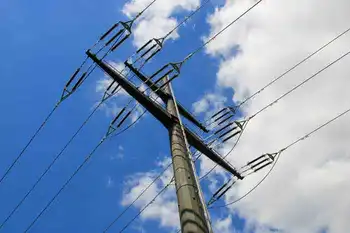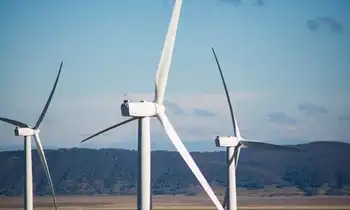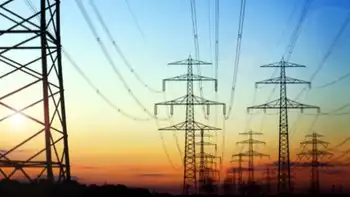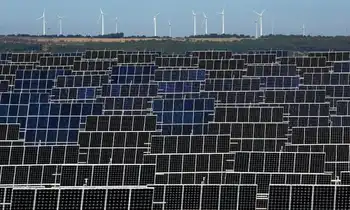End-to-end carbon capture facility now open
The facility is based on technology developed by industrial gases company Air Liquide SA. The 60 million euro (US $86.4 million) facility is expected to aid in the reduction of greenhouse gas emissions from industrial facilities such as cement plants, refineries, power plants, and steel plants, all of which use coal, natural gas or oil as fuel. In combination with other available technology, the Lacq project will make products and facilities more energy-efficient and promote the use of renewable energy sources.
The facility utilizes Air Liquide's oxycombustion carbon capture technology, which uses pure oxygen in place of air for the combustion of coal and other fuels and produces flue gases consisting of almost pure carbon dioxide. Air Liquide's technology makes use of equipment that can be retrofitted to existing plants or even included in new plant designs. The use of the technology can improve the capacity of the plant by about 44%, and fuel consumption can be reduced by about 25%.
The Lacq facility revamped an existing 30-megawatt (MW) boiler to carry out the oxycombustion process. The CO2 generated in the Lacq facility is transported by pipeline over a distance of about 27 kilometers to the geological storage site at Rousse, where it is injected into an exhausted natural gas reservoir situated about 4,500 meters underground. Air Liquide will also supply the facility with about 240 tons per day of oxygen. The geological site will be monitored for three years after the two-year CO2-injection period. Total expects to capture and store about 120,000 tons of CO2 in the next two years, an amount equivalent to the quantity of CO2 that would be emitted by 40,000 cars over the same time period.
Oxycombustion holds a great promise as a technology that can reduce the quantity of CO2 emitted by traditional industrial activities. According to a statement made by the Intergovernmental Panel on Climate Change, carbon capture and storage (CCS) technology has the potential to be used at 7,000 industrial facilities by 2050, reducing carbon emissions by about 33%. The European Strategy Forum on Research Infrastructure extended support to the technology and approved funds worth 81 million euros last year for CCS research projects being carried out jointly by nine countries.
In 2009, in collaboration with the Babcock & Wilcox Power Generation Group Incorporated, Air Liquide successfully tested the oxycombustion method on a 30-MW unit at Babcock & Wilcox's Clean Environmental Facility in Alliance, Ohio. The next stage of testing will use various types of coal and plant designs. The testing phase will be followed by implementing the technology at a large demonstration plant capable of capturing more than 1 million tons of CO2 per year.
In December 2008, Air Liquide signed a contract with electricity-producing company Callide Oxyfuel Services, under which Air Liquide will provide an air separation unit that will produce 660 tons per day of oxygen, as well as a CO2 cryogenic purification unit. Both units will be used in a project that involves the refurbishment of a 100-MW thermal power station to test the CCS technology. Construction of the cryogenic unit is expected to be completed in early 2011. The project is part of Air Liquide's large-scale research projects being carried out toward the commercialisation of oxycombustion.
Related News
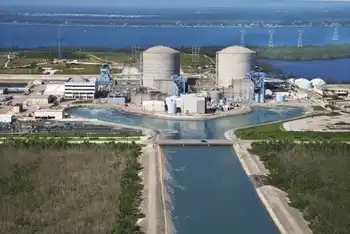
Entergy Creates COVID-19 Emergency Relief Fund to Help Customers in Need
NEW ORLEANS - In an effort to help working families experiencing financial hardships as a result of the coronavirus pandemic, the Entergy Charitable Foundation has established the COVID-19 Emergency Relief Fund.
"The health and safety of our customers, employees and communities is Entergy's top priority," said Leo Denault, chairman and CEO of Entergy Corporation. "For more than 100 years, Entergy has never wavered in our commitment to supporting our customers and the communities we serve. This pandemic is no different. During this challenging time, we are helping lessen the impact of this crisis on the most vulnerable in our communities. I…


